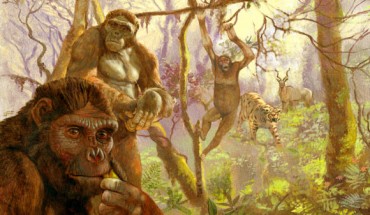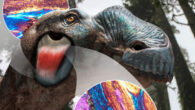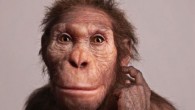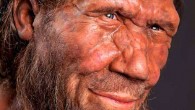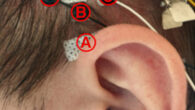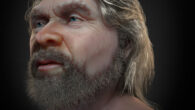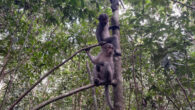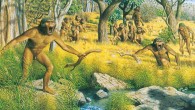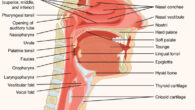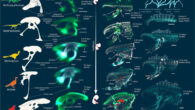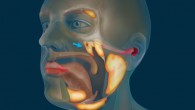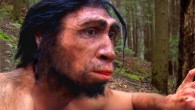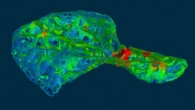The pelvis is often called the keystone of upright locomotion. More than any other part of our lower body, it has been radically altered over millions of years to allow us to accomplish our habit of walking on two legs. But just how evolution accomplished this extreme makeover has remained a mystery. New research reveals two key genetic shifts that remodeled the pelvis and allowed our ancestors to become the upright bipeds who trekked all over the...

